| Structure | Name/CAS No. | Articles |
|---|---|---|
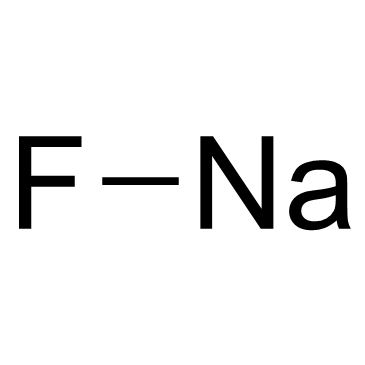 |
Sodium Fluoride
CAS:7681-49-4 |
|
 |
Sodium hydroxide
CAS:1310-73-2 |
|
 |
Ethanol
CAS:64-17-5 |
|
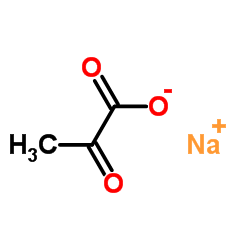 |
Sodium 2-oxopropanoate
CAS:113-24-6 |
|
 |
3-Ethyl-2,4-pentanedione
CAS:1540-34-7 |
|
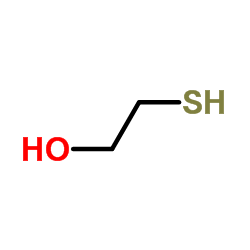 |
mercaptoethanol
CAS:60-24-2 |
|
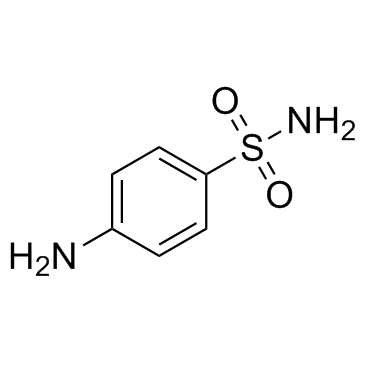 |
Sulfanilamide
CAS:63-74-1 |
|
 |
Glycerol
CAS:56-81-5 |
|
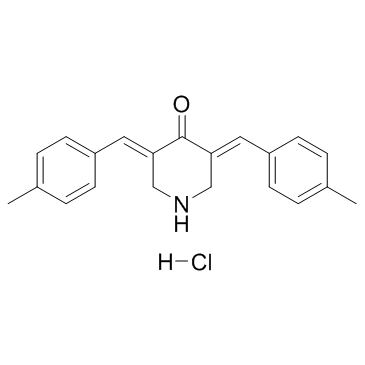 |
NSC-632839
CAS:157654-67-6 |
|
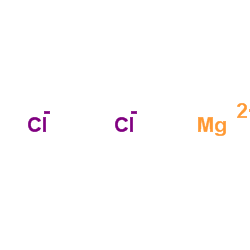 |
Magnesium choride
CAS:7786-30-3 |